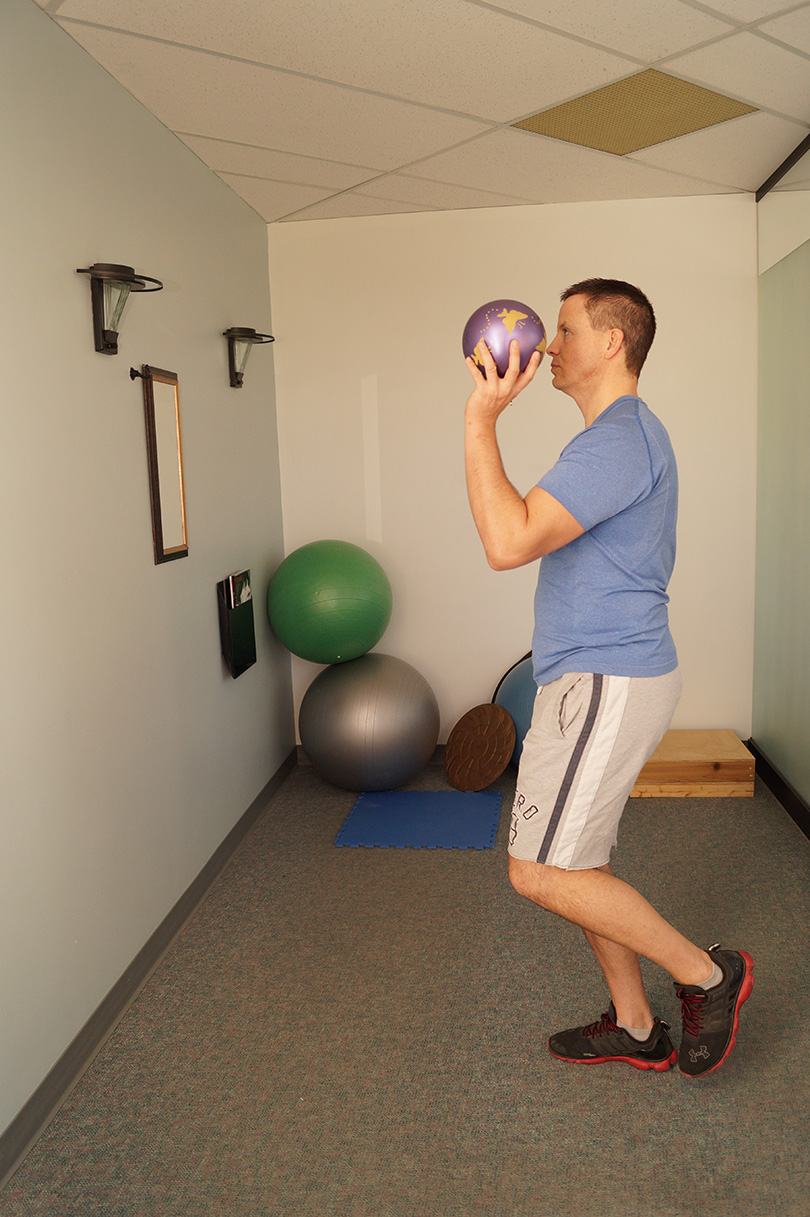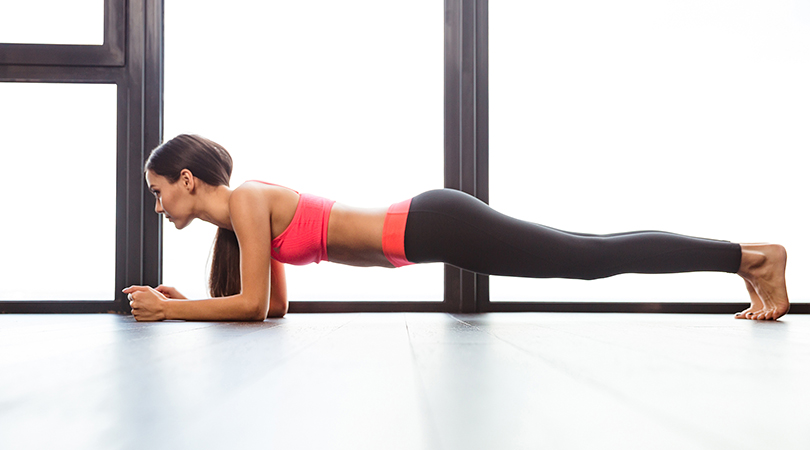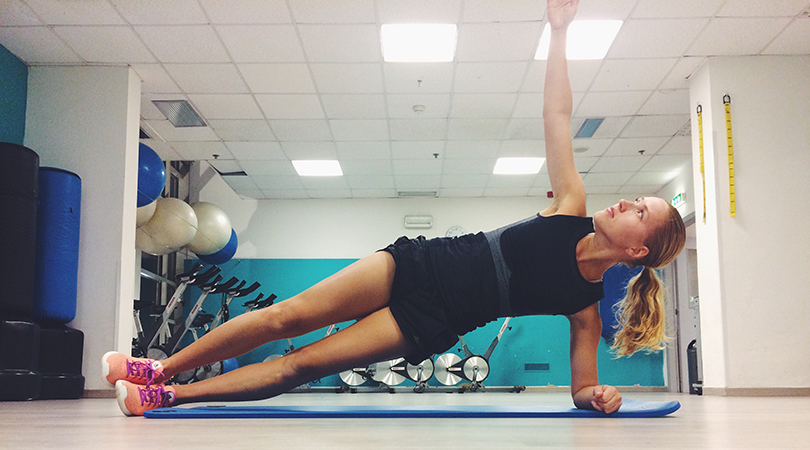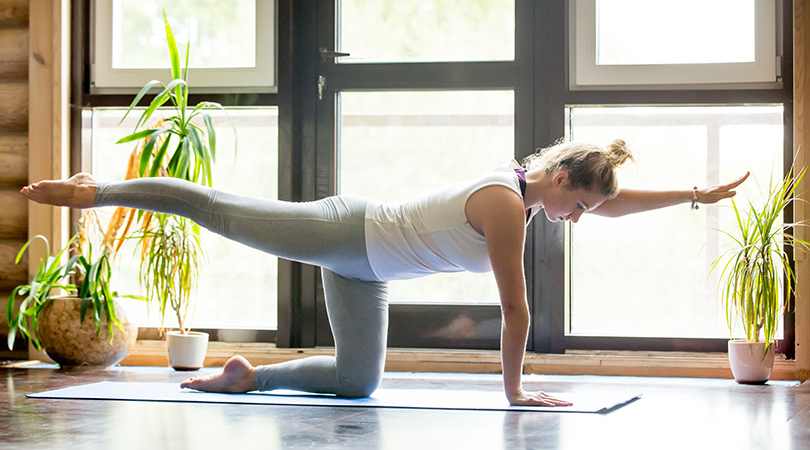The snow is back, your inbox is full of mountain promos, and you’re already picturing that first chair of the season. Before you sprint to Rabbit Hill or head to the mountains, it’s worth taking some time to get your body (and brain) ready.
Most ski and snowboard injuries affect the knees, shoulders, back, and wrists. The good news: a lot of them are preventable with better conditioning, smart decisions, and the right equipment.
In this guide, we’ll walk through simple ways to reduce your risk of injury—plus what to do if you do get hurt on the hill.
5 ways to prevent snowboard and ski injuries from happening before you go!
As with any sport, it is important to condition your body for the physical and mental demands of skiing or snowboarding well before you dive in! Our recommendations below will help to arm you against a skiing injury in the future:
1. Prepare your body before ski season
We all know that feeling after the first day on the hill. Muscles you didn’t even know existed come home throbbing with pain. The best thing you can do for your body to prevent injury is to prepare your body physically, this includes strength training, improving core stability, balance training, and endurance training.
Strength training
To avoid sore muscles we recommend exercising and weight training your legs and arms beforehand, for example, squats and push-ups. The more your body is used to lifting yourself up whether that be from putting on and off your skis or sometimes the inevitable fall, your body will thank you! Conditioning your body will help you prevent a ski injury.
Improving core stability
Although you are surely getting a lot of practice with your balance on our icy sidewalks, practice core stability exercises such as:
1. Forearm plank
2. Side plank: With torso rotation
3. Bird dog
The exercises above along with other core stabilizing exercises will help improve your on-hill agility so you can make quick turns under dynamic circumstances. Having strong muscles throughout your core will also give more stability and protection to your spine, hips, and knees when skiing and will prevent injuries from occurring.
Balance training
Ride up any chairlift (especially Rabbit Hill on a Saturday afternoon) and you are sure to see several new skiers and snowboarders struggling with balance! To ski more comfortably, and more importantly to avoid injury, balance training is incredibly important. Try performing a balancing exercise daily! For example, grab a lightweight ball and stand on one leg. Throw the ball against the wall, catch it, and then pass the ball from one hand to the next under your knee (shown below).

This can improve your ability to keep centred and upright while on the ski hill.
Endurance training
Endurance training should be a priority throughout the year, regardless of the season. Including physical activities you enjoy into your everyday routine will help to ensure you are getting your 30- 45 minutes of recommended daily exercise! Think of biking, hiking and jogging. The most likely skier to get hurt is the fatigued skier. Try going for a swim (indoors), a skate, or hitting the cardio at your local gym to get used to long periods of physical exertion before heading up the chair lift.
2. Prepare mentally
Preparing yourself physically isn’t the only way to prevent a skiing injury, there are also plenty of ways to mentally prepare before you get on the hill to avoid injury! This includes understanding and abiding by the rules of the ski hill and following skiing etiquette. Ski rules are usually printed on the back of your ski lift pass as these rules may be slightly different for each ski hill.
Another way to ensure you’re mentally prepared to get on the ski hill is to ensure you’ve gotten enough rest. We really can’t say this enough, more often than not, an injury is caused because of fatigue. Make sure you get a good night’s rest before you go! Feeling well-rested will also allow you to:
- Keep an eye out for what’s going on around you
- Yielding when you get on a new path
- Keeping out of the way of other skiers
- Avoiding the difficult runs when you start to feel tired
Lastly, if you feel you’re too new at skiing, a ski lesson or two never hurts. Snow Valley (located on the south side of Edmonton) offers fantastic group or private ski lessons for all ages.
3. Have access to the right equipment
Wearing the right equipment is incredibly important to preventing an injury while skiing. This includes skis, ski boots, clothing, and other protective gear like your helmet!
Skis
There are different types, sizes, and shapes of skis for different people and types of skiing. For example, downhill skis need to be the right length depending on your height and weight. A pair of downhill skis that are too long can be too hard to control, potentially causing an injury.
Ski boots & bindings
Like shoes, it’s best to find a pair that will work for the type of skiing experience you have. The right type of ski boot will ensure you’re as comfortable as you can be all day while avoiding foot fatigue. Make sure to talk to an equipment expert to find out if a taller stiffer boot is better for you or a shorter less stiff boot is best.
Don’t forget to ask about bindings! Like boots, there’s a different binding type for different skier preferences and activities. The right ski bindings that are correctly adjusted not only keep your boots firmly attached to your skis while skiing, but they’re also there to help you release your skis when you need to bail mid-run to avoid some serious knee injuries! Consider asking a ski technician to help adjust your bindings appropriately and have them checked before every ski season.
Clothing
Clothing is important to avoiding injury by helping to regulate your body’s constantly changing temperature. We recommend wearing layers of lightweight and water-resistant clothing for both warmth and protection. There’s nothing worse than feeling damp all day after falling only once, let alone dealing with a potential cold and flu.
Snowboarding and ski jackets are usually waterproof, layered with a fleece undercoat for warmth, along with ventilation zippers to help cool your body down if you get too warm. Ski pants are also always recommended to ensure your legs stay warm and dry! Lastly, hats, gloves, and a warm face covering are needed to avoid painful frostbite.
Protective gear
To prevent injury, it’s important to wear sport-specific protective gear, such as a ski/snowboard helmet. A helmet is not only a good way to keep your head warm and comfortable while you’re on the slopes, but it can prevent a head injury in case of a fall. Ski and snowboard helmets can also be properly fit with the right ski or snowboard goggles.
It is also important to remember that helmets should be replaced every 3-5 years depending on the amount of use and exposure to the elements.
4. Warm up before you hit the first run
Most crucial is the time you spend preparing your body immediately before hitting the slopes. Here are a few warm-ups you can try:
- Jog on the spot.
- Take a brisk walk around the parking lot to get the blood flowing.
- Do 10-20 squats or lunges to warm up your legs.
- Perform 10 gentle body twists and do 10 arm circles (clockwise and counter-clockwise).
Finally, make sure to ride a groomer for your first run before trying any black diamonds. Drink lots of water, eat well and enjoy the ride!
5. Pay attention to snow and weather conditions
It isn’t always how prepared you are but the actual environmental conditions. Can you see what’s in front of you? Is it too foggy? Are there any weather warnings? Is there a lot of ice? Making sure you’re prepared for the elements will help to avoid an unnecessary injury. If there’s a blizzard warning and a temperature of -25 that looks to be dropping fast, it’s probably not a good idea to run out to the top of the hill. Remember, you can’t control the environment, but you can control whether or not you take it head on. Be safe and ski with proper conditions!
What should I do if I still get injured on the ski hill?
That being said, if ski injuries do occur, ice the area and rest. After 2-3 days, if your pain has not subsided and you think you may have pulled a muscle or ligament, it is important to see a physiotherapist. They can reduce the time you spend away from the activities you love by minimizing inflammation and shortening recovery time.
If you’re interested in contacting a physiotherapist for a potential ski injury, contact us today to book an appointment!
Ski injury prevention FAQs
What are the most common ski injuries?
Knee injuries (like ACL and MCL sprains or tears) are very common in skiers. Snowboarders often experience wrist, shoulder, and ankle injuries. Both skiers and snowboarders can also have head, neck, and back injuries, which is why helmets and safe decision-making are so important.
How can I prevent a knee injury while skiing?
Build strong legs and hips, train your core and balance, use properly adjusted bindings, and avoid skiing when you’re very tired. Take lessons to improve your technique and choose terrain that matches your skill level.
When should I see a physiotherapist after a ski fall?
If your pain, swelling, or stiffness doesn’t improve within a few days, or if the joint feels unstable, it’s a good idea to see a physio. They can assess the injury, guide your recovery, and help you decide if you need further medical imaging or a referral.
Is it safe to ski with mild knee or back pain?
It depends on what’s causing the pain. If discomfort is mild, doesn’t get worse while you ski, and settles quickly afterwards, you may be okay with a gradual return and proper warm-up. If pain is sharp, worsening, or affecting your ability to turn, stop, or feel stable, it’s better to get assessed before you go back on the hill.
Ready to get your body ski-season ready?
If you’re planning a big ski trip, returning after an injury, or just want to stay on the hill longer with less pain, we can help.
Our physiotherapists can:
- Build a pre-season strength and conditioning plan
- Assess old injuries before you get back on skis or a snowboard
- Treat new ski or snowboard injuries
- Guide you safely back to the activities you love
Book an appointment today and make this your strongest, safest ski season yet.



